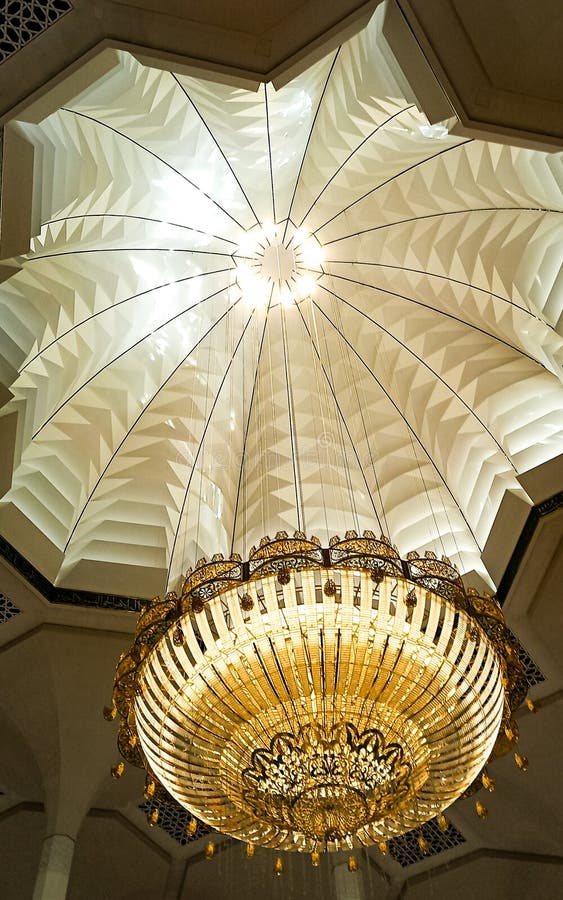When one contemplates the epitome of architectural grandeur and spiritual significance within the Islamic faith, the question arises: “Which mosque holds the highest honor as the greatest mosque in the world?” This query invites both curiosity and a spirited challenge, especially when approached from a Christian perspective, wherein the quest for understanding the religious and cultural symbolism can deepen interfaith dialogs. With diverse mosques exhibiting extraordinary craftsmanship and deep-rooted histories, one cannot help but be intrigued by the intricacies that surround these magnificent structures.
To enter this exploration, one can evaluate different mosques through various lenses—architectural prowess, spiritual magnitude, historical significance, and communal impact. The Great Mosque of Mecca, known as Al-Masjid al-Haram, is often considered the pinnacle of Islamic worship. It attracts millions of pilgrims annually, affirming its status within the Islamic faith. However, to label it definitively as ‘the greatest’ may incite dissent among various communities who might favor other grand mosques for different reasons.
Beyond Mecca, the Mosque of the Prophet (Al-Masjid an-Nabawi) in Medina holds profound reverence. It is the burial site of the Prophet Muhammad and serves as a symbol of the culmination of Islamic teachings. Its green dome is an iconic feature, drawing worshipers who seek both spiritual solace and communal engagement. What does this indicate about the faith’s reverence for the Prophet, and how does it influence the location’s honor among believers and observers alike?
In a similar vein, one must consider the Sultan Ahmed Mosque, commonly known as the Blue Mosque in Istanbul. This marvel showcases the splendor of Ottoman architecture with its soaring minarets and exquisitely detailed interiors. The Blue Mosque not only serves as a house of worship but also as a cultural landmark that embodies centuries of Turkish history. Its artistic allure is a testament to its role in bridging gaps between the sacred and the aesthetic, raising the question of whether beauty itself can contribute to a mosque’s esteemed status.
Within Asia, the Faisal Mosque in Islamabad, Pakistan, presents a stark contrast in architectural design. It is characterized by its modernist style, which breaks tradition, symbolizing a new era in Islamic architecture. As a national mosque, it holds a significant place in Pakistan’s identity, effectively encouraging Muslims and non-Muslims alike to engage in dialogue about cultural expression. From a Christian viewpoint, this mosque’s intent to foster unity rather than division can be seen as an essential lesson for communal coexistence in a multifaceted world.
Another notable mention is the Sheikh Zayed Grand Mosque in Abu Dhabi, which stands as a monument to contemporary architectural innovation while embodying traditional Islamic motifs. Opened to tourists and worshipers alike, this mosque encourages interfaith discussions and emphasizes the importance of inclusivity in an ever-globalizing society. Therein lies a challenge: how do various faiths, including Christianity, perceive the role of such magnificent edifices in promoting peace and understanding among differing beliefs?
However, nominating a singular mosque for the title of “greatest” ventures into subjective territory, as each structure incorporates unique historical narratives and local significance. For example, in the context of the mosque’s community, the Great Mosque of Algiers offers insight into North African Islamic tradition while enhancing local identity. It features a stunning blend of modern architectural techniques and Islamic art, showcasing the innovative spirit of Algerian society.
From a Christian perspective, it becomes crucial to consider how these places of worship influence their surroundings. Through dialogue and understanding, one can glean insights into the religious motivations that inspire architectural masterpieces. This inquiry not only enriches the appreciation for other faiths but also challenges Christians to reflect on their own worship spaces and how these structures serve their communities.
Moreover, the symbolic meaning of a mosque extends beyond its physical boundaries; it serves as a communal hub where faith, culture, and identity converge. This presents an opportunity for introspection within Christianity regarding the role of churches as modern-day mosques embody communal and spiritual convergence. As both faiths often share similar values of charity, compassion, and communal faithfulness, the challenge lies in recognizing these parallels while appreciating the unique characteristics that lend honor to each tradition’s places of worship.
The question of which mosque holds the highest honor may remain unanswered, yet it propels a discourse that celebrates the splendor of diversity in faith expressions. Acknowledging the beauty of mosques worldwide fosters a sense of mutual respect and understanding, allowing individuals of every belief to appreciate the artistry that reflects not only the devotion of its followers but also the shared human experience across cultures. Ultimately, each mosque, in its uniqueness, embodies a narrative worthy of recognition in the grand tapestry of world faiths.
As we ponder the essence of greatness within these sacred spaces, let us embrace the opportunities presented through such reflections, fostering an environment ripe for interfaith dialogues and enriched by a respect for the myriad of paths that lead toward the divine.



